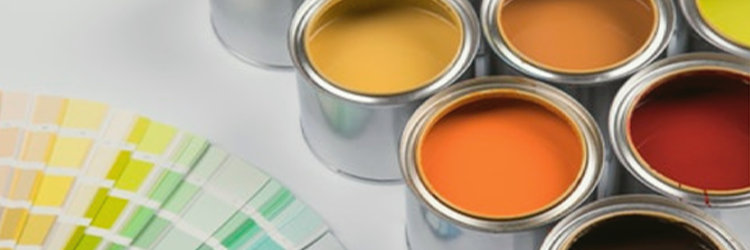Global synthetic latex polymers manufacturing capacity is around 32.2 million wet tonnes, and global consumption is estimated at 25.2 million wet tonnes in 2017. Hence, a utilization of nearly 78% is estimated in the global synthetic latex industry.
The global consumption is estimated to grow at a CAGR of around 4.1% from 2017 to 2022. Capacity is also estimated to increase during this period. Based on capacity additions and expansion announcements, global synthetic latex capacity is estimated to be around 33.6 million wet tonnes in 2022. Hence, in the event that capacity is to increase only by the known announced capacity additions beyond 2020, global capacity utilization is estimated to increase to around 90% in 2022. This is expected to be offset to some extent by further capacity additions that are yet not announced. The global capacity utilization is expected to be between 80% and 85% in the period 2020-2022.
The Capacity Map Tool for Synthetic Latex Polymers: Capacity and Manufacturing Economics Assessment is accompanied by The Cost Analysis Tool as well as Manufacturing Economics Assessment. The manufacturing economics assessment in Kline’s study considers all capacity and production figures in dry tonnes or dry kg, as applicable. There can be three capacity ranges of the typical synthetic latex plants for acrylic emulsions, SB latex, and PVAc emulsions: small, medium, and large. For instance, the manufacturing cost analysis of PVAc is based on the batch production mode, considering a typical plant capacity in the region. Batch equipment is generally capable of producing a number of different types of latex polymers, including acrylics, in addition to PVAc emulsions.
Working capital costs vary across regions and product chemistries; they are typically higher in the United States (USD 4.9 million) than in Europe and China (USD 4.2 million).
This assessment, which consists of several interactive tools, offers an in-depth understanding of the synthetic latex polymers industry’s status in terms of its manufacturing and supply. It enables subscribers to assess the positioning of their manufacturing businesses and that of their competitors in the three main regions for each of the polymer chemistries. It also allows subscribers to better exploit the identified production opportunities in the industry. Request a DEMO

